BROWSE COUNTRIES/ TERRITORIES
Dr Bombay
Have you ever wondered how airline crew manage to look younger than their years despite their hectic travel schedules? Carmen Roberts shares the beauty secrets of a group of flight attendants who fly in and out of the Indian city of Mumbai.
Perky, blonde American flight attendant Terri Lyngonlet bursts into the doors of Doctor Satish Bhatia’s surgery in the southern Mumbai business district. She comes bearing gifts from her travels and greets the doctor with an enormous hug. They’re clearly firm friends. It was six years ago when they first met and Terri says she has Doctor Bhatia to thank for her youthful looks. He is just one of a handful of dermatologists in Mumbai being hailed as the modern flight attendant’s best kept beauty secret. He specialises in botox, the 10-minute treatment that reduces lines and wrinkles and leaves you looking younger.
“I had my first botox (treatment) on my forehead about six years ago and I was a little nervous,” Terri confessed. A series of tiny needles are used to inject the botox serum directly into the muscles of the face. Terri tells me it’s a relatively painless procedure, except for a slight tingling feeling, and results can be seen in just under a week. “The minute I got home, all my family and friends said “Wow you look a lot younger, you must have been really refreshed on your trip.” They didn't know exactly what I had done and I wasn’t about to tell them, so I was really happy with the results,” she gushes.
Botox has become known as a “lunch time procedure”, where patients can receive injections in a matter of 10 to 20 minutes. Unlike other cosmetic operations, there are no unsightly scars and no recovery time is needed.
Doctor Bhatia, an aesthetic dermatologist and cosmetologist with a fellowship in skin surgery from France and Israel, estimates over the past four to five years, he’s performed around 200 botox procedures on various international airline crews. The speed and efficiency of the treatment is part of the appeal for flight attendants, but the major factor is cost.
“The rates are extremely cost effective, it works out at around one third to a fifth of the cost, compared to say Europe or America,” Doctor Bhatia tells me.
Here you can get a wrinkle free forehead for around 4,000 to 6,000 rupees. That's approximately $135 or roughly £76. Practitioners in the US or the UK can charge around £300 or $520 for similar treatments, which is five times as much as you would pay in India.
According to Doctor Bhatia, another treatment that is difficult to find overseas is the non-surgical facelift. “We’ve got a new treatment that targets the jowl lines, sagging neck folds and double chins. It's known as misso botox, or a non surgical face lift, and this is becoming extremely popular here in Bombay,” he explains.
Doctor Bhatia says it’s not just female flight attendants who are coming to him for treatment. Now an increasing number of male cabin crew as well as captains are seeking that youthful look.
Ken Mazur, a buff 36-year-old flight attendant from the US, is another regular stopover patient. “My problem is that I have some wrinkles on my forehead and around my eyes,” Ken tells me pointing to the taut skin on his face.
I cannot see the first signs of any wrinkles but I find myself nodding my head in vague agreement all the same. I now begin to wonder what a 36-year-old man like Ken is doing here in the first place. He goes on to tell me quite candidly that he also needs to get some fillers done around his cheeks. Again, this involves a series of tiny injections around the mouth and cheeks, “to fill in the shadows”.
“In the US, if I had my forehead and the area between my eyes done, it would probably cost around $1,000, whereas here in India, I'd probably pay a couple of hundred dollars for the whole face,” Ken says.
The treatment lasts around six to eight months, which often fits in perfectly with the flight attendants’ working schedules. Many airline staff say it’s an effective use of time during a layover.
“We travel so much and I spend more than half my time in another country, so it’s much more convenient for me to be able to come to a certified dermatologist while I’m abroad... It works out both ways for timing and money,” Terri says.
So it’s no wonder the word has spread so quickly among the international flight crews who fly in and out of Mumbai.
“Dr Bombay that's what we call him. The city's named Bombay and it goes back to the old television show Bewitched. Dr Bombay was the doctor for Samantha, and it became an industry joke: What are you doing on your layover? We're going to see Dr Bombay,” jokes Ken.
Glamour Industry
The airline industry has come a long way from the days when air hostesses had to be a certain height and weigh less than 120 pounds. But despite the vast changes in the industry, the world of international flying remains competitive and there’s still a strong emphasis for flight attendants to look their best.
But this is a Catch 22 situation for many in the industry. To be an international flight attendant requires experience and long service with the company.
“People come to expect to see someone that's young-looking, refreshed. They don't expect to see someone that looks tired, even though you've been doing it for 15 to 20 years. Especially if you do international flying, you will have to have been in the industry a long time, and you do get tired and we all age over time,” laments Terri.
But it’s the odd hours and shift work that contributes to increased collagen breakdown in skin cells and overall stress and according to Doctor Bhatia, this is one of the major causes of premature aging.
“This often leads to an overall thinning of the skin, resulting in a “sunken look”. Research reveals that humidity levels on planes can dip as low as the Sahara desert and this, along with a pressurised cabin, causes a drying effect on the skin tissue, leading to premature wrinkling and sunken or tired skin. There are also documented cases that reveal that excessive flying also triggers changes in the hormone levels causing disorders within the human anatomy. Jet lag too has a long drawn influence on the skin and its texture,” said Doctor Bhatia.
But perhaps one of the many benefits of botox is the overall affect it has on an individual’s self esteem.
“We love our job and we love meeting people. And it helps the whole business industry if you feel better about yourself. If you are happy with the way you look, you are often more confident and you want to talk to people on the plane. You are more personable. And I think you are generally a happier person. So it makes us feel good,” Terri explains.
Medical Tourism
Every year around half a million Britons and an equal number of US citizens visit India and a substantial proportion of tourists have been opting for medical treatments during their stay.
According to official Indian government data, around 150,000 foreigners opted to seek medical treatment in India last year. The government expects this industry to grow 40% in 2006.
Even the Indian Tourism Minister Renuka Chowdhary is a botox believer. She told a press conference in New Delhi some weeks ago that she hoped the spread of botox would play a pivotal role in boosting overall medical tourism in the country. A Confederation of Indian Industries (CII)-McKinsey study estimates that medical tourism alone could bring $2.2 billion revenue for Indian hospitals by 2012. Foreigners are flocking here for a wide array of treatments, anything from botox, dental work, hip replacements to open heart surgery. Many major hospitals and clinics in India now list their prices on their websites. These prices are even 25 to 30 per cent less than those in Thailand.
To ensure almost similar prices for overseas patients, the Indian Government is hoping to introduce a uniform price system for top corporate hospitals in the country. The CII has also suggested a price band for overseas patients that would ensure against fleecing or price-cutting. As cosmetic procedures like botox and filler injections are not covered under medical insurance anywhere in the world, it’s an attractive option to get treatments done overseas, at a fraction of the price and in an exotic location.
Botox or botulinum toxin A has a 10-year history of use for non-cosmetic purposes such as the treatment of muscle spasms and gastro-intestinal disorders. It was through the treatment of such ailments that doctors discovered an alternate use for botox. It's a naturally occurring bacterial toxin that acts as a “neuro-muscular blocking” agent, paralysing the muscle, and in turn removing unwanted expressions known to us, as wrinkles.
Although botox has been approved for cosmetic use for some years now, it's still considered a controversial treatment. Some doctors will even say it's too early to talk about its long-term use. But generally speaking, if administered by a qualified practitioner in a hygienic environment with certified drugs, the procedure is relatively safe.
Judy Evans, from the British Association of Aesthetic Plastic Surgeons says that India has a growing number of top rate hospitals as well as doctors. “There are some very good hospitals there, some are even better than some hospitals here in the UK,” Judy says. Of course the same precautions apply when you seek medical treatment at home or abroad: ensure your practitioner is fully qualified.Terri tells me she was apprehensive at first. “Being an American, I was very sceptical. I wanted to know a lot about Doctor Bhatia. I wanted to know where he had studied and I wanted to see his credentials,” she says.

Dr Bhatia and Terry Lyngonlet
The first time Terri went to Doctor Bhatia for botox, the procedure had to be postponed because the vial was out of date. “This reaffirmed to me that Doctor Bhatia wasn’t just about money and getting in more patients, and I was impressed at how cautious he was,” Terri says.
However, this resulted in a delay in Terri’s treatment process. She was forced to wait another few months for her next layover in Mumbai to get her first botox fix.
“People have reservations, thinking that it's not safe in India and that it's not safe to get these medical treatments done there. But I think if you don’t choose the right doctor, then you could have the same problems anywhere else in the world, in Britain or in the US, you can find a doctor that doesn't know what he's doing. But Doctor Bhatia is very experienced, and the results we get proves that,” says Ken.
These highly polished flight attendants are undoubtedly walking airport advertisements. And now that the secret is out, dermatologists across India are hoping it'll mean more passenger stopovers in Mumbai.
BBC World provides news, business and weather 24 hours a day, plus the best of the BBC's award-winning current affairs, documentary and lifestyle series. During weekdays, the channel’s schedule is built around comprehensive half-hour global news programmes – on the hour, around the clock – containing all the most up-to-date news, interviews, business reports, sports results and weather. BBC World, the BBC’s commercially funded international 24-hour news and information channel, is owned and operated by BBC World Ltd, a member of the BBC’s commercial group of companies. BBC World is available in more than 200 countries and territories worldwide, and reaches 279 million households (139 million 24-hour homes) and more than one million hotel rooms. BBC World launched in its present format in 1995 and is funded by advertising and subscription. For further information on how to receive BBC World, download schedules or find out more about the channel, visit bbcworld.com.
----------------------------------------------------------------------------------
Issued by: Dunbar•Jones & Associates
On behalf of: BBC World
For more information, contact: Alicia Tan / Shawn Galistan Dunbar•Jones & Associates 51 Goldhill Plaza #07-04 Singapore 308900
Tel: (65) 6356 2830 Fax: (65) 6254 8971
Email: [email protected] [email protected]
- SPECIAL REPORTS
- FOCUS: INDIA
- Outside Asia
- Europe
- India
- South Asia
- Definition: Culture
- Health and Body
- Botox
- Medical Tourism
- Mumbai
- Women
-

- Login or register to post comments
 PRINT
PRINT- EMAIL THIS STORY
Login or Register
- Asian Dynasties and History
- Conservation of the Environment
- Definition: Culture
- Economy and Economics
- Food and Recipe
- Geopolitics and Strategic Relations
- Health and Body
- Of Government and Politics
- Religion and Practices
- Social Injustices and Poverty Report
- Society, Class and Division
- Unrest, Conflicts and Wars








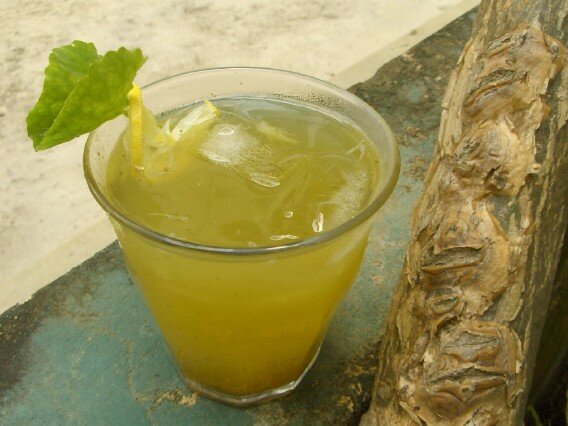





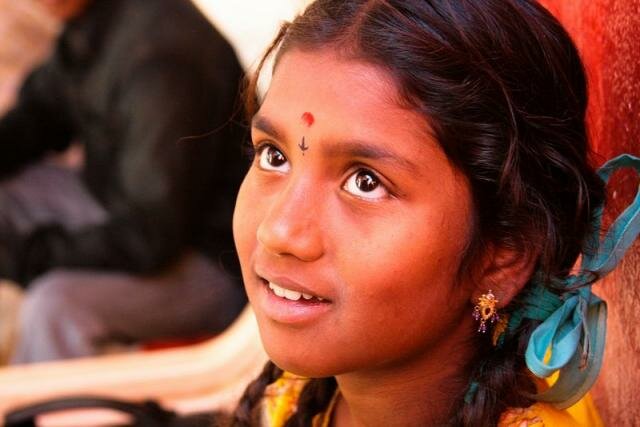

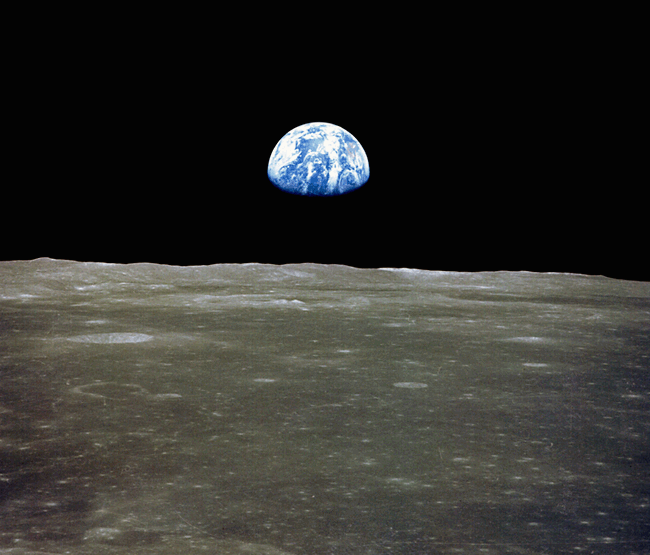
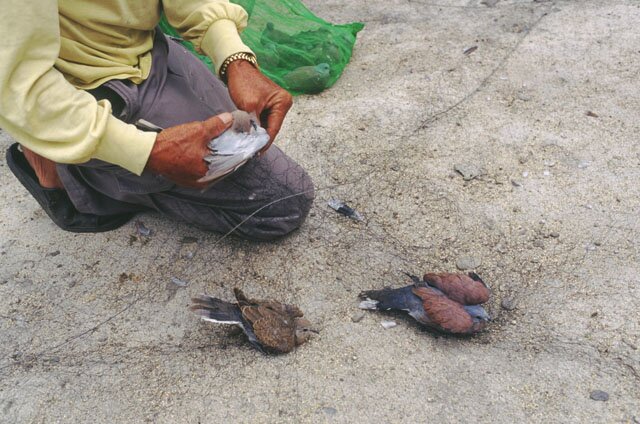







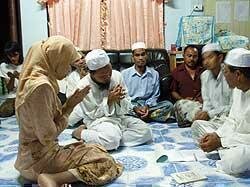


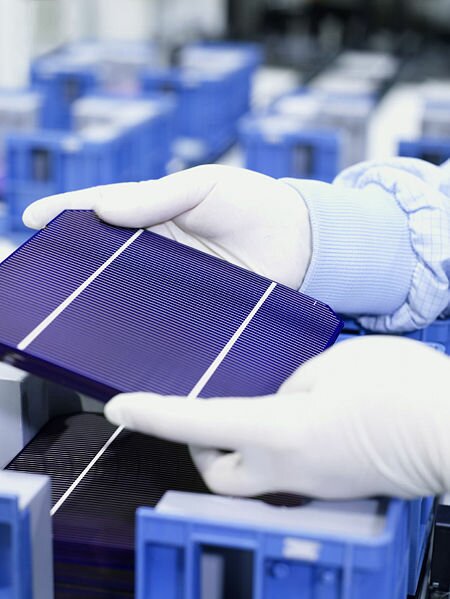




 Another Point
Another Point An imaginary factual blog of General David Petraeus, Commander, United States Central Command
An imaginary factual blog of General David Petraeus, Commander, United States Central Command